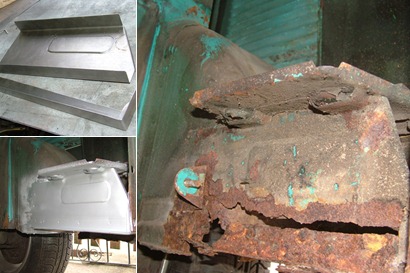Things have been uncharacteristically quiet around The Scuderia recently. I’ve had a few distractions that derailed my plans for a while.
I spent a few weeks chasing a new property with great workshop facilities but that came to nought. So after much grumbling and feeling sorry for myself I’m resigned to soldiering on where I am. It’s far from ideal but at least it won’t put me in the Workhouse.
After pulling myself together but before I could get back to work, I succumbed to the dreaded Fresher’s Flu. One of the pitfalls of working at a University is that every year thousands of new students arrive from all over the world to pour all their varied and assorted strains of “The Dreaded Lurgy” into a melting pot, to be liberally distributed amongst people who have not yet had opportunity to build immunity to their particular brand of unclean. The fever has subsided but the cough and runny nose persists but onward I must go.
I have a lot to get on with too. I’ve got some woodworking to do to help a friend out. There are five cars outside that all need a service. I’ve got plenty of work to do on my project cars. And I’ve decided to make some panels to sell too.
Watch this space!







